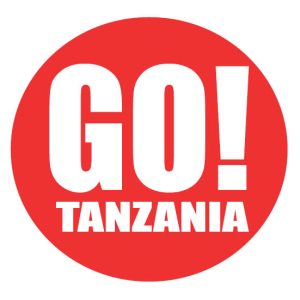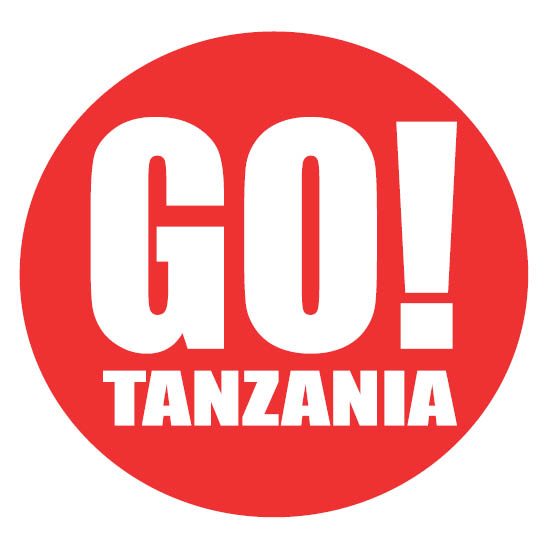The report warns that Africa is off track to meet almost all of the Sustainable Development Goals by 2030

NAIROBI – East Africa is fastest growing region, West Africa to pick up, and Southern Africa to record slight increase in growth; Report proposes bold reforms of the global financial architecture, stronger African voice in MDBs.
African economies remain resilient, despite challenges that are testing economies worldwide. According to the latest African Development Bank Group’s African Economic Outlook, 41 countries on the continent are projected to experience stronger growth rates in 2024 than they did in 2023.
The report unveiled at the Bank’s Annual Meetings on Thursday in Nairobi, described Africa’s growth potential as ‘remarkable’. The continent will retain its 2023 ranking as the second fastest-growing region after developing Asia in 2024 and 2025. The theme of the 2024 AEO, “Driving Africa’s Transformation: The Reform of the Global Financial Architecture,” aligns with the Bank’s Annual Meetings’ theme.
African Development Bank President Dr Akinwumi Adesina said while the Bank was proud of the growth projections of many African countries as reflected in the report, it was not blind to the challenges.
“Africa’s future is bright, but need to make sure we tackle governance, transparency, accountability, and management of our natural capital. We need to make sure resources are used for the benefit of the people of this continent… The kind of resilience we are talking about cannot happen unless we deal with the issue of climate change.”
He added: “We must make sure we are investing in our young people—in their skills, talents, entrepreneurship, and giving them tools. That is why I am excited about what we are doing with the Youth Entrepreneurship Investment Banks.”
The report warns that Africa is off track to meet almost all of the Sustainable Development Goals by 2030.
It argues that unless corrective action is taken, including to reverse the steepening poverty curve, Africa will be home to almost 9 out of 10 (or 87%) of the world’s extreme poor by 2030.
According to the African Economic Outlook, the rebound in Africa’s average growth includes a rise to 3.7% in 2024 and 4.3% in 2025, exceeding the projected global average of 3.2%. Of this figure, 17 African economies are projected to grow by more than 5 percent in 2024. The number could rise to 24 in 2025, as the pace of growth accelerates.
This growth trajectory is expected to surpass pre-2023 levels, with East Africa leading as the fastest-growing region (up to 3.4 percentage points). Other regions are also projected to witness moderate to robust growth.
In a presentation, Chief Economist and Vice President of the African Development Bank, Prof Kevin Chika Urama, underscored why strategic policies and firm political commitment are key to the effective use of resource wealth for domestic revenue generation.
He also described hard infrastructure, including roads, railways, and bridges, and soft infrastructure, including knowledge and institutional governance capacity, as “two wings of an aircraft”.
“Investing in productive infrastructure is key to accelerating Africa’s structural transformation,” he said.
Growth performance and outlook by region:
Growth prospects vary across Africa’s regions, reflecting differences in economic structure, commodity dependence, and policies.
East Africa, the continent’s fastest-growing region, will see real GDP growth rising from an estimated 1.5% in 2023 to 4.9% in 2024 and 5.7% in 2025. The downward revision of 0.2 percentage point for 2024 compared with the forecast in the January 2024 Africa’s Macroeconomic Performance and Outlook (MEO) is due to larger-than-expected contractions in Sudan and South Sudan following the ongoing conflict in the former.
Growth in Central Africa is forecast to moderate from 4.3% in 2023 to 4.1% in 2024 before improving strongly to 4.7% in 2025. The upgraded forecast is due to expectations of stronger growth in Chad and the Democratic Republic of Congo as a result of favourable metal prices.
Growth is projected to pick up in West Africa, rising from an estimated 3.6% in 2023 to 4.2% in 2024 and consolidating at 4.4% the following year. This is an upgrade of 0.3 percentage point for 2024 over the January MEO 2024 projections, reflecting stronger growth in the region’s large economies—Côte d’Ivoire, Ghana, Nigeria, and Senegal.
In North Africa, growth is projected to decline from an estimated 4.1% in 2023 to 3.6% in 2024 and 4.2% in 2025, with a downward revision of 0.3 percentage point for 2024 from the January 2024 MEO. Except for Libya and Mauritania, growth has been revised downward for all other countries in the region.
Growth in Southern Africa is projected to pick up slightly from an estimated 1.6% in 2023 to 2.2% in 2024 and firm up to 2.7% in 2025. The growth rates for 2024 and 2025 show an upgrade of 0.1 percentage point over the January 2024 projections, mainly reflecting a 0.7 percentage point increase in South Africa’s projected growth. Due to South Africa’s larger weight in the region, the upgraded growth forecast offset the combined effect of downward revisions in Angola, Botswana, Lesotho, Zambia, and Zimbabwe.
African Economic Outlook makes bold proposals to reform the global financial architecture
The African Economic Outlook 2024 calls for an overhaul of the global financial architecture to transform African economies. This includes giving Africa a greater voice in multilateral development banks and international financial institutions, reflecting its growing share of global gross domestic product and rich natural resources.
Adesina said, “Let’s be clear. By seeking to transform the global financial architecture, Africa is just asking for a fair share of access and availability of resources to build on our vast economic opportunities.”
The report highlights the glaring inadequacies of the current global financial system in closing Africa’s financing gap for structural transformation, estimated at US$402.2 billion annually between now and 2030. To rectify these disparities, the report proposes a bold agenda for reforming the global financial architecture, including in the five following key areas:
Leveraging Private Sector Financing: The African Economic Outlook advocates for greater private sector participation to complement public investments, particularly in areas with high social returns such as climate action and human capital development.
Simplifying the Global Climate Finance Architecture: The report calls for streamlining the global climate finance architecture to enhance coordination and facilitate access for African countries, which are disproportionately affected by climate change.
Reforming Multilateral Development Banks (MDBs): The AEO urges MDBs to revise their business models to provide long-term concessional financing at scale, to developing countries, bolstering their capital positions, channeling a portion of IMF’s Special Drawing Rights (SDRs) to MDBs and ensuring a healthy replenishment of the concessional windows of the African Development Bank and the World Bank—the African Development Fund and the International Development Association.
Streamlining Debt Resolution Mechanisms: Recognizing the slow and cumbersome nature of existing debt resolution mechanisms, the African Economic Outlook advocates for reforms to expedite debt workouts and ensure sustainable debt management, including innovative market-based solutions like “Brady bonds,” debt relief for climate purposes, and sovereign debt authority systems.
Enhancing Domestic Resource Mobilization: The report emphasizes the importance of strengthening domestic revenue mobilization through improved tax policies, enhancing efficiency in government revenue collection and utilization, combatting illicit financial flows and tax avoidance, and leveraging Africa’s abundant natural resources.
According to the report, “Domestic resource mobilization is good, but so is the prudent use of such resources. Countries should therefore strengthen capacity to improve public finance management”
Every year, the African Economic Outlook report provides timely evidence and analysis crucial for African policymakers, empowering them to make informed decisions.



